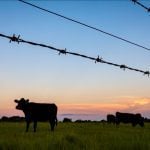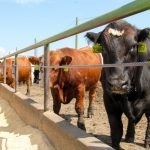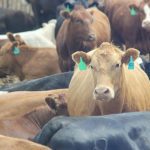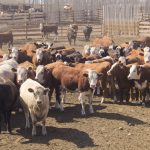Glacier FarmMedia — If you’ve wondered whether livestock producers are taking a different approach to cover crops than those growing them for the grain — and are seeing distinct benefits in doing so — the surveys so far say yes. Callum Morrison, a crop production extension specialist for Manitoba Agriculture at Carman and a master’s […] Read more













